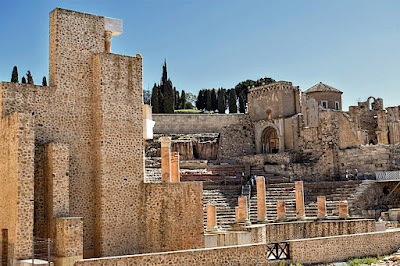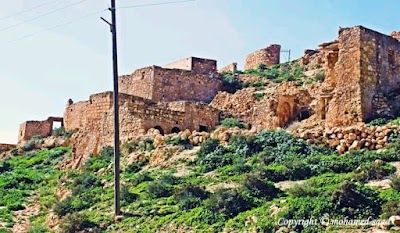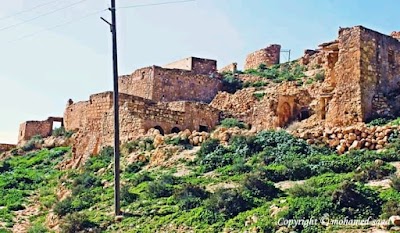Al Qal'a (القلعة)
Overview
Beni Hammad Fort, also known as Al Qal'a, serves as a captivating gateway into the rich historical tapestry of North Africa. Nestled in the stunning landscapes of the Jabal al Gharbi District in Libya, this ancient fortress offers a unique glimpse into the past.
Historical Significance
Construction of Beni Hammad Fort commenced in the early 11th century, with its foundation laid in 1007 under the direction of Hammad ibn Buluggin, the founder of the Hammadid dynasty. This dynasty, comprised of Berber rulers, established their dominance in what is now modern-day Libya. The fort was envisioned as a robust stronghold designed not only to fend off invaders but also to serve as a center of power and culture.
Strategic Location and Architecture
Perched on a mountainous spur, Beni Hammad Fort boasts significant natural defensive advantages. The builders utilized local stone and materials, ensuring the walls and towers not only withstood the test of time but also blended seamlessly into the mountainous landscape. The intricate carvings and ornamental designs that embellish various parts of the fort showcase the detailed craftsmanship of its creators.
Key Structures
The fort complex features several notable structures, with the impressive Keep standing out as a highlight. This towering edifice functioned both as a defensive bastion and a royal residence, housing numerous rooms for administrative functions and elite living quarters. The layout of the fortress also includes various mosques, residential buildings, and communal spaces, reflecting the sophisticated urban planning of Hammadid architects.
Defensive Features
One of the most remarkable aspects of Beni Hammad Fort is its extensive system of walls and gates. These imposing walls are thick and tall, designed to endure sieges and attacks. Multiple gates provided controlled access to the inner sanctum, each fortified with watchtowers and guardhouses. The main entrance, known as Bab al-Qasr, captures attention with its elaborate carvings and inscriptions that celebrate the artistic prowess of the era.
Water Management
Effective water management played a crucial role in the fort's sustainability. The designers incorporated an advanced system of wells and cisterns, ensuring a reliable water supply for drinking and agriculture. This ingenuity allowed the fortress to support a large population, even during prolonged periods of isolation or siege.
Cultural Life
Life within Beni Hammad Fort was vibrant and intellectually stimulating. The Hammadid rulers were renowned patrons of the arts, fostering a flourishing environment for literature, science, and philosophy. Scholars and artists were welcomed at the court, transforming the fortress into a hub of intellectual activity. The grand mosque not only served as a place of worship but also as a center for learning and discourse.
Legacy and Decline
Despite its formidable defenses, Beni Hammad Fort faced numerous threats from invaders, including the Normans and the Almohads. While the stronghold withstood many assaults, it ultimately experienced a decline in power and significance, leading to its abandonment over time.
Today, Beni Hammad Fort stands as a remarkable testament to the architectural brilliance and cultural richness of the Hammadid period. Archaeological excavations continue to unveil insights into the layout and daily life within the fortress, enriching our understanding of medieval North African history.
Visitors to this historic site can wander through the ruins and envision the lives of those who once inhabited this majestic fortress. The combination of breathtaking natural beauty and profound historical significance makes Beni Hammad Fort an intriguing destination for anyone interested in exploring the rich heritage of Libya's past.









